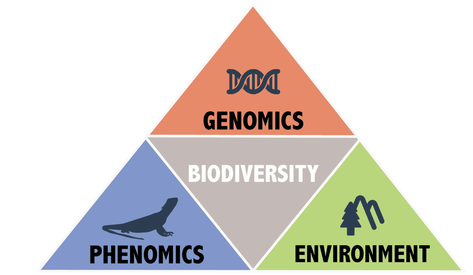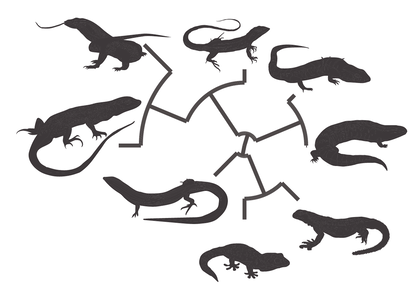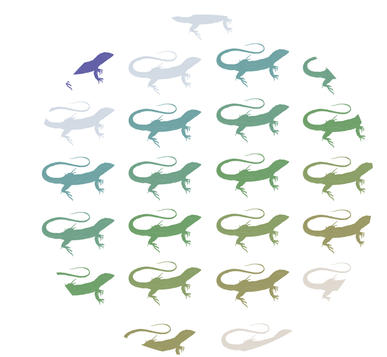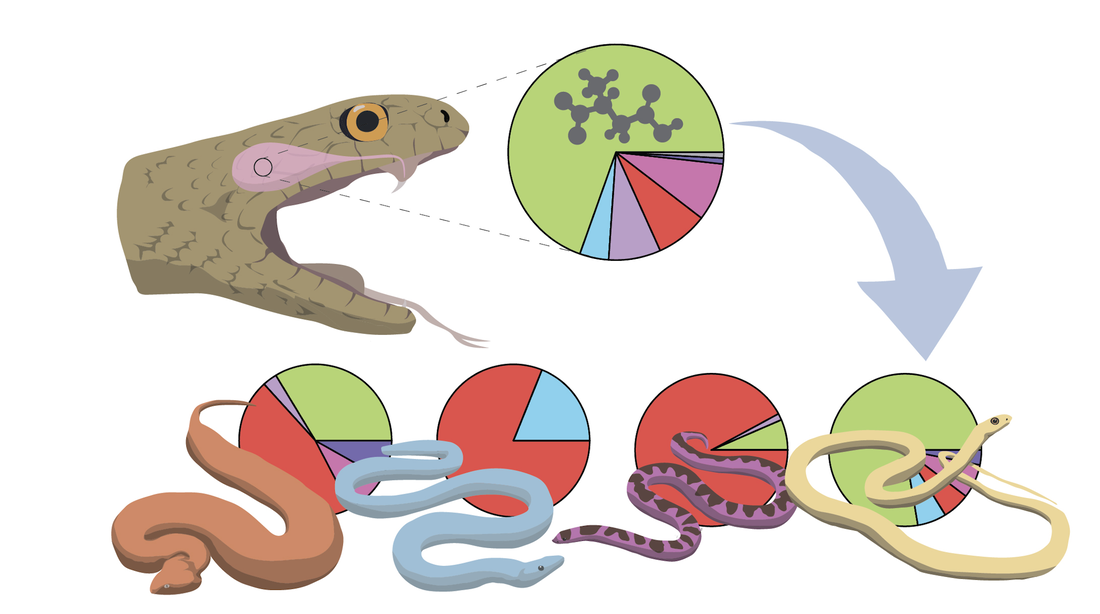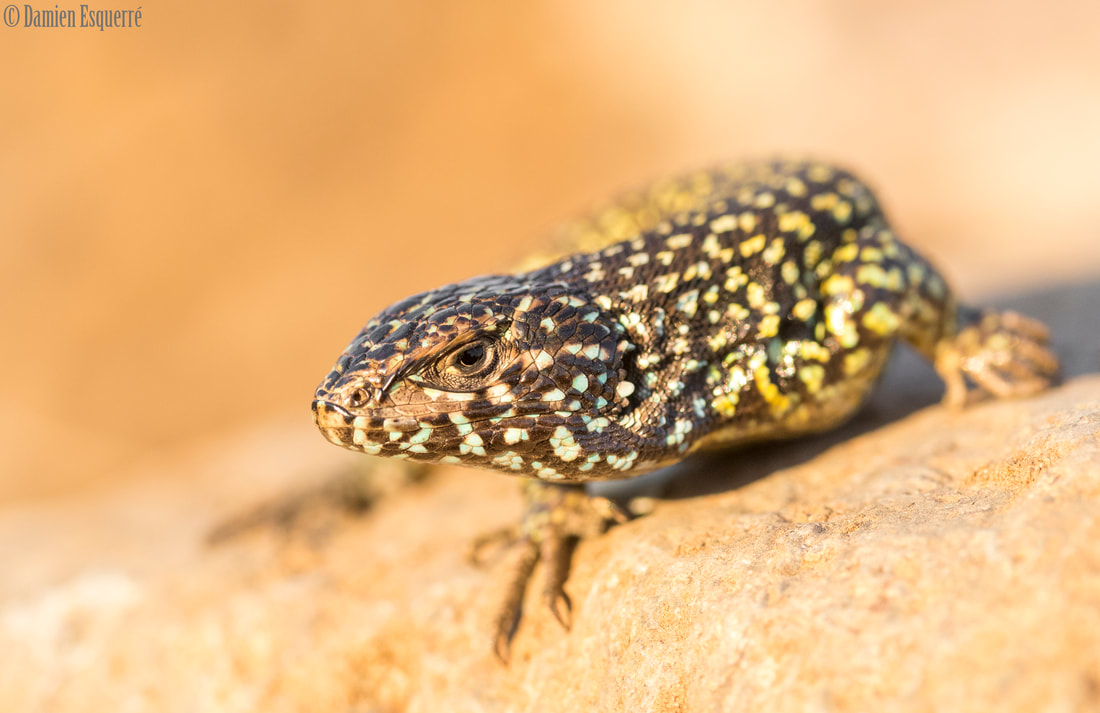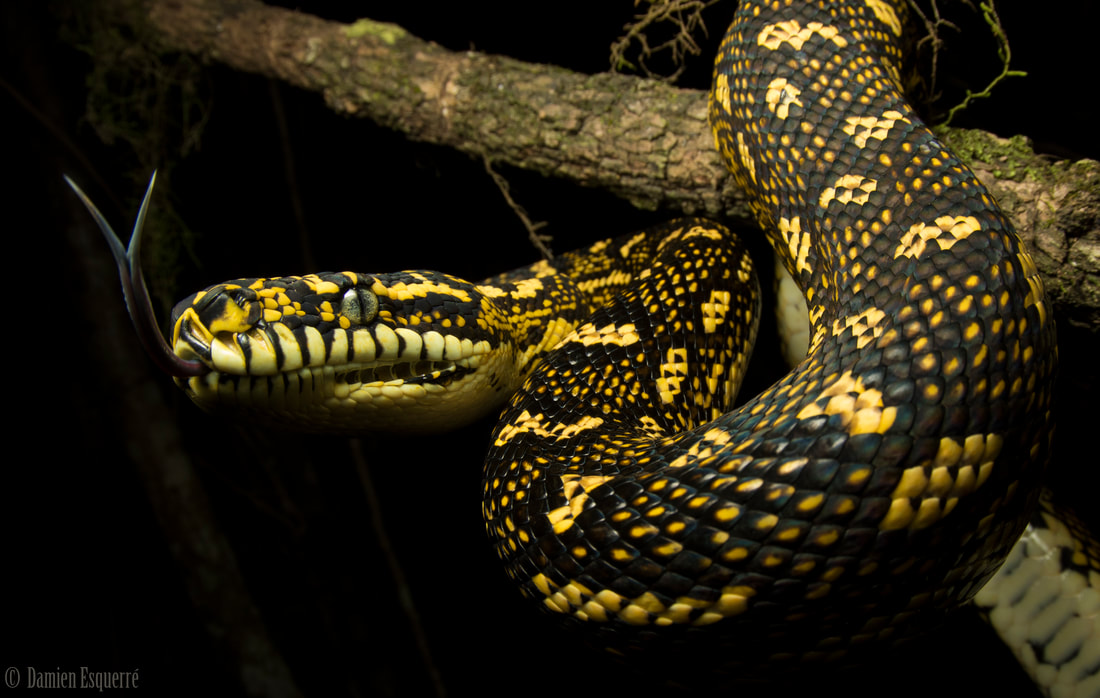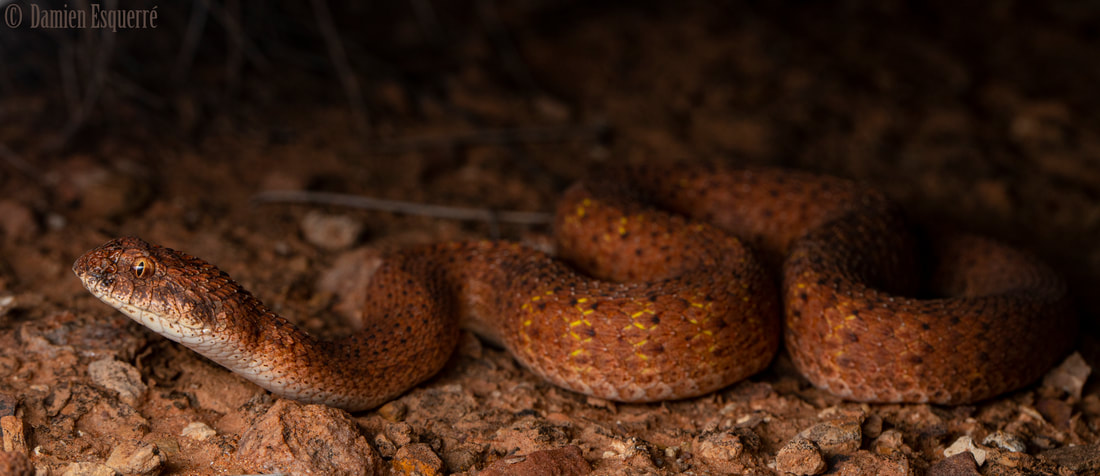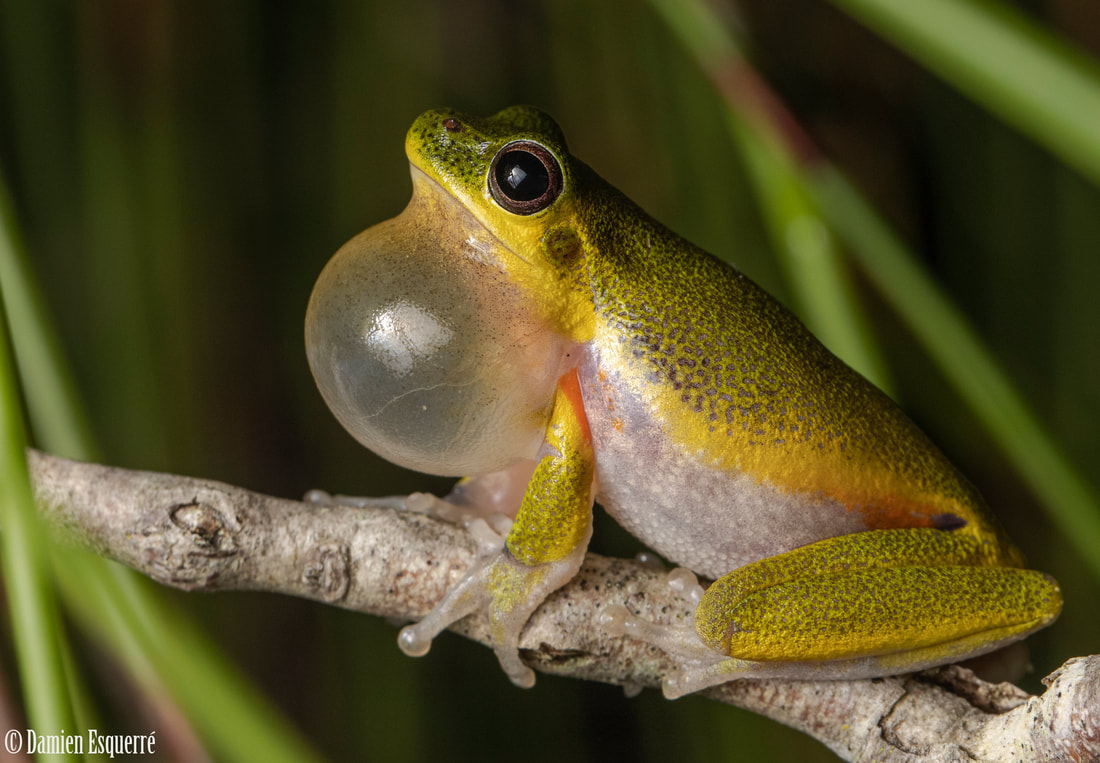Research
At the core of this group's research interests is understanding how biodiversity is generated, including species richness, phenotypic diversity, and ecological diversity. I work at different evolutionary scales, ranging from early diverging populations and incipient speciation processes to tens of millions of years deep into the broad scale diversification of entire families. I integrate next-generation genomics with phenomics and environmental data. If you’re interested in joining the lab, these are the sorts of things we do. Below you will find our favourite study organisms, but its possible to do different things, especially if we find a suitable co-supervisor.
PHYLOGENOMICS AND THE TREE OF LIFEReconstructing the phylogenetic relationships between species is more than just building trees as a descriptive exercise. Uncovering how species are related to each other can teach us exciting things about biogeography and how different organisms are today present in different parts of the world, or how different features evolved independently several times, for example. We use next generation molecular data (e.g. exon capture, SNPs) to reconstruct phylogenies, infer gene flow and also integrate it with fossil data to estimate the timing of diversification events, which helps us add more context to the story of life on earth. Moreover, phylogenies are essential for most of the other research described below!
MACROEVOLUTIONARY PROCESSES DRIVING DIVERSITYSome groups have diversified into hundreds of species within a few million years while others are represented by a single ancient species. Some groups are represented by tons of species that look and behave very similarly, while others display extreme disparity in size, shape and/or ecology. I like integrating different types of data to identify the forces and mechanisms behind these very contrasting stories. Earth and climatic history, biogeography, key innovations, allometry and ontogeny, and ecology, are all factors that could be at play behind the taxonomic or phenotypic diversity of a group.
|
PHYLOGEOGRAPHY AND POPULATION GENETICSThe genomic revolution we are experiencing means we can get tons of genomic data relatively cheap. This allows us to have a very close look at how populations are related, what demographic events they have gone through (e.g. bottlenecks, expansions), and how much gene flow they have experienced, among many other things. This can teach us many things about how species are formed, they respond to changing environments and how we delimit taxonomic units. These robust approaches to quantify biodiversity have major impacts on our understanding of evolutionary processes and also on conservation, and I like applying them to groups that display intriguing evolutionary patterns.
SYSTEMATICS AND TAXONOMYHow we classify and organise biodiversity matters...a lot! I endeavour to translate all the research outlined above into taxonomic action, which is one of the most important outcomes. All studies on ecology and evolution, as well as any effective conservation planning, relies on adequate and accurate taxonomy. Almost every genomic study I have done has resulted in reclassifying the taxonomy of the group, mostly involving describing, lumping and splitting species.
|
THE EVOLUTION OF VENOM AND ITS ROLE IN SHAPING BIODIVERSITYThis is an exciting new line of research funded by a DECRA Fellowship I was awarded in 2022. I am interested in how venoms evolve, the drivers behind their astounding diversification and what shapes the evolution of venoms that are apparently overkill in their potency. I am also interested in how venoms have played a role in enabling species and eco morphological diversification by acting as key innovations that gave the animals that have them an advantage over their ecological adversaries. For this I am integrating tools from many of the research lines outlined above with some new ones, like proteomics. I am using the mighty and hyper-diverse Australo-Papuan elapid snakes to tackle these questions.
|
STUDY ORGANISMS
I think working on organisms you particularly like makes research a lot more fun. I have always loved reptiles and amphibians, but have and would happily work on many other groups! I am particularly interested in groups that are diverse either in species richness, phenotypic diversity, and/or ecological diversity, and those that show independent transitions towards similar biological features (convergent evolution). Below are the main animal groups my past and current research focuses on.
SOUTH AMERICAN LIOLAEMIDAE LIZARDSThe Liolaemidae comprise three genera: Ctenoblepharys, Phymaturus and Liolaemus. Liolaemus is a truly fascinating radiation that has resulted in almost 300 species found across the most extreme environments of South America. My research on them has focused on how the Andes formation and the cycles of ice ages have played a role in their species diversification as well as the uniquely numerous transitions between egg laying and live bearing.
|
AUSTRALO-PAPUAN SNAKESFor a long time now I have been working on pythons, a group of relatively few but very ecomorphologically diverse constrictor snakes. I have done a lot of morphometrics, macroevolution, phylogenomics, phylogeography and taxonomy on them, and still lots to do!
Recently I have started to work on the elapid snakes, a far more diverse radiation with over 200 species in Australo-Papua and even two marine clades. Elapids particularly interests me because they display an extraordinary venom diversity, which makes them the perfect model for my new research on venom evolution. |
AUSTRALO-PAPUAN FROGSIn the last couple of years I have started working on different phylogenetic, phylogeographic and macroevolutionary projects on these frogs with my former supervisor Scott Keogh. They are extemely cool radiations. Tree frogs in Australia for example have filled a variety of niches far wider than they have elsewhere, even including fully aquatic and burrowing frogs (hence the name 'tree frog only applies from a phylogenetic point of view)!
|
Media Coverage
I appeared as a guest on "Dino Exploradores", a Latin American Science documentary series for kids about palaeontology and evolution on an episode about the Great American Exchange. Watch here.
My paper on the effect if the Andes in Liolaemidae lizard evolution, particularly the potential break of Dollo's law with lizards re-evolving viviparity got a lot of media attention, including among others IFLScience (Link); ABC News (Link); The Canberra Times (Link); La Tercera (Link); El Mercurio (Link); Endémico (Link); Evolution Society Highlights (Link); ANU Science (Link); Live Science (Link); Sputnik (Link); El Periodico (Link); Efe Verde (Link); SciMex (Link); The ANU Reporter (Link); The Herald Sun; Sydney Morning Herald; Daily Telegraph; Adelaide Advertiser; Courier Mail; Gold Coast Bulletin; TalkRadio Interview with Paul Ross in the UK, 2CC Radio Interview. I also wrote a blog for Nature Research (Link). Additionally, poet Joel O'Connor wrote a poem about Liolaemus inspired by this research! Check it out here.
My paper on convergent evolution had some media attention: I Fucking Love Science (Link); Science Update radio interview, broadcoasted by different stations across the USA (Link); La Tercera (Link); Cosmos Magazine (Link); Anole Annals (Link); EurakAlert!, (Link); ANU website (Link); Science Daily (Link); Phys.org (Link); MyScience (Link); Alpha Galileo (Link); SciMex, (Link); Headline News (Link); Uncommon Descent (Link); Asian Scientist (Link); Der Standard (Link); Before It's News (Link); Swahili (Link); SciFeeds (Link).
Check put this video on a grant proposal to study pythons and boas.
The description of Liolaemus ubaghsi was covered with special reports on two major and one local newspapers in Chile: El Mercurio (Link. PDF); Las Últimas Noticias (Link. PDF); El Rancagüino (Link. PDF)
The description of Phymaturus aguedae was covered on a Brazilian science communications site: Com Ciēncia (Link. PDF)
The description of Liolaemus scorialis and Liolaemus zabalai had a lot of media attention, including an appearance on National TV and several newspapers and media sites from America and Europe: Canal 13 National TV station and website (Link. PDF); La Tercera (Link, PDF); Discovery (Link, PDF); ABC España (Link. PDF); Emol (Link, PDF); Ansa.it (Link. PDF); Portal del Ministerio del Medio Ambiente de Chile (Link. PDF); Sci-News (Link. PDF); Facultad de Ciencias Biológicas, Universidad Católica de Chile (Link); Facultad de Medicina, Universidad de Chile (Link, PDF); Reptiles Magazine (Link. PDF); Boletín RECH (Link, PDF); Phys.org (Link. PDF); EurekAlert! (Link. PDF); Revista Fósil (Link, PDF); DNA-Barcoding blog (Link. PDF)
I was interviewed on ABC Illawarra about my photos being finalist in the Australian Geographic Nature Photographer of the Year. Interview here, and University of Wollongong's The Stand wrote a niece piece about it too.
Interviewed by Revista El Sabado from El Mercurio, on the scholarships in Chile and having to return after your studies. PDF.
Radio interview on Radio Kayros' program "Cajon Abierto" from Cajon del Maipo in Chile, talking about local reptiles and their conservation and the evolution of Blues and Metal Link


